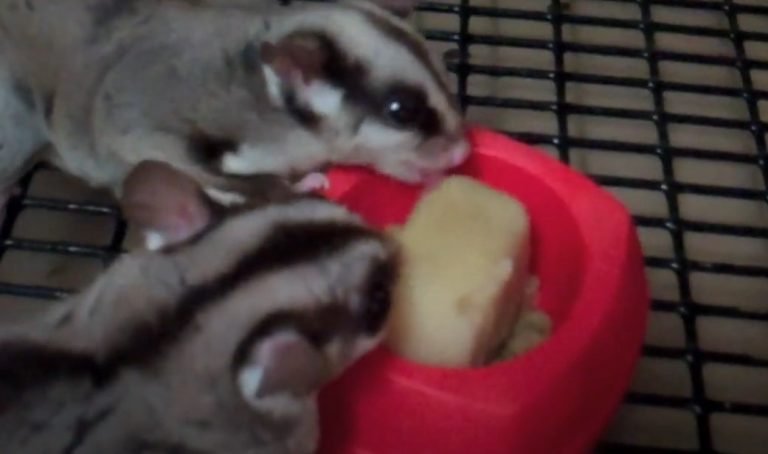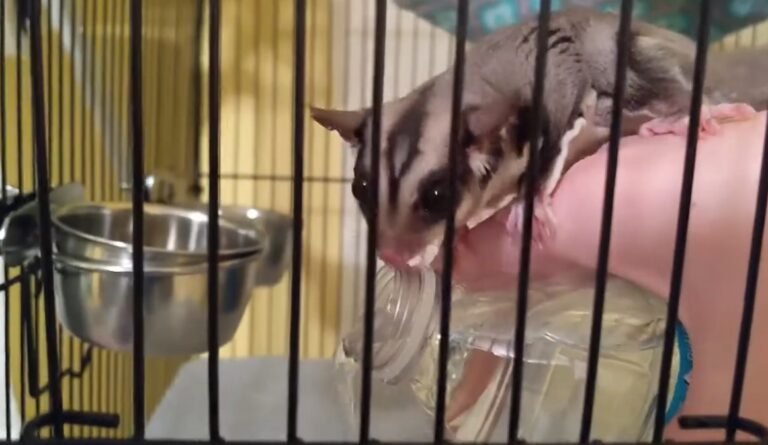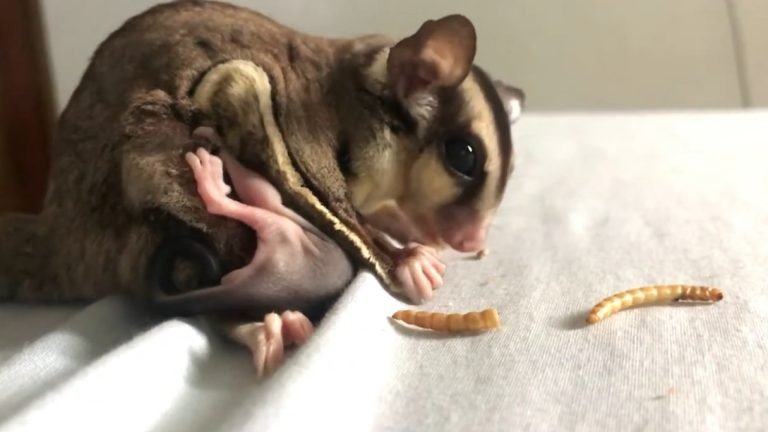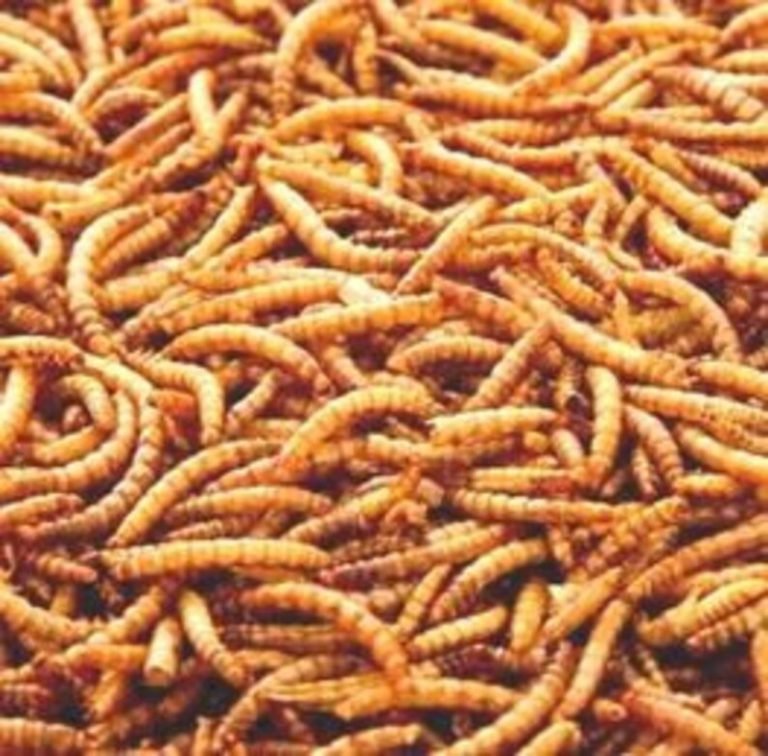Can Sugar Gliders Eat Cauliflower
Can Sugar Gliders Eat Cauliflower?
If you’re a sugar glider owner, you may have wondered if it’s safe to feed your beloved pet cauliflower. After all, a well-balanced diet is crucial for the health and well-being of these small, nocturnal creatures. In this article, we’ll explore whether sugar gliders can eat cauliflower and provide you with some helpful tips on feeding them a nutritious diet.
Cauliflower: A Nutritional Breakdown
Before we dive into whether sugar gliders can eat cauliflower, let’s take a closer look at the nutritional content of this vegetable. Cauliflower belongs to the Brassica oleracea species, which also includes other cruciferous vegetables like broccoli and kale. It is low in calories but rich in essential nutrients, including:
Fiber: Cauliflower is a good source of dietary fiber, which aids in digestion and supports bowel regularity.
Vitamins: This vegetable is packed with vitamins, including vitamin C, vitamin K, vitamin B6, and folate. These vitamins play a vital role in various bodily functions, such as immune system support and the formation of red blood cells.
Minerals: Cauliflower contains minerals such as potassium, magnesium, and manganese, which are important for overall health and well-being.
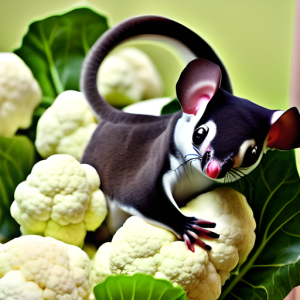
Feeding Cauliflower to Sugar Gliders
Now that we know the nutritional value of cauliflower, let’s address the question: can sugar gliders eat cauliflower? The answer is yes, sugar gliders can safely consume cauliflower in moderation. However, it’s important to keep a few things in mind before adding this vegetable to their diet.
1. Serve It in Small Quantities
While cauliflower is safe for sugar gliders to eat, it should be served in small quantities to prevent digestive upset. Too much cauliflower can lead to gas and bloating, which can be uncomfortable for your furry friend. It’s best to limit cauliflower to an occasional treat, rather than a staple in their diet.
2. Cooked or Raw?
When serving cauliflower to your sugar glider, it’s advisable to cook it rather than serving it raw. Raw cauliflower can be challenging for sugar gliders to digest, and cooking it can make it easier for them to consume and absorb the nutrients. Steaming or boiling cauliflower until it’s soft is a good option. Just make sure to let it cool down before serving it to your sugar glider.
3. Variety is Key
While cauliflower can be a safe and nutritious addition to your sugar glider’s diet, it’s essential to provide a variety of other fruits, vegetables, and proteins to ensure a well-rounded and balanced diet. Offer a mix of different foods to meet their nutritional needs and prevent boredom.
Frequently Asked Questions
Q: Can sugar gliders eat cauliflower leaves?
A: Yes, sugar gliders can eat cauliflower leaves. The leaves are also safe for them to consume, and they provide additional nutrients.
Q: How often can I feed cauliflower to my sugar glider?
A: Cauliflower should be given as an occasional treat. Aim to offer it once or twice a week as part of a diverse diet.
Q: Are there any risks or allergies associated with feeding cauliflower to sugar gliders?
A: While cauliflower is generally safe for sugar gliders, every pet is unique, and it’s possible for them to have individual allergies or sensitivities. Always introduce new foods gradually and observe your sugar glider for any signs of adverse reactions.
Final Thoughts
In conclusion, cauliflower can be a healthy addition to your sugar glider’s diet when served in moderation. Remember to serve it in small quantities, preferably cooked, and offer a diverse range of foods to ensure they receive all the necessary nutrients. As always, consult with a veterinarian who specializes in exotic pets for specific dietary recommendations and guidance to keep your sugar glider healthy and happy.
References:
1. National Nutrient Database for Standard Reference Legacy Release, USDA.
2. Braschi, A., et al. “Cruciferous Vegetables: From Chemistry to Biology”. Cham, Switzerland: Springer Nature, 2019.


